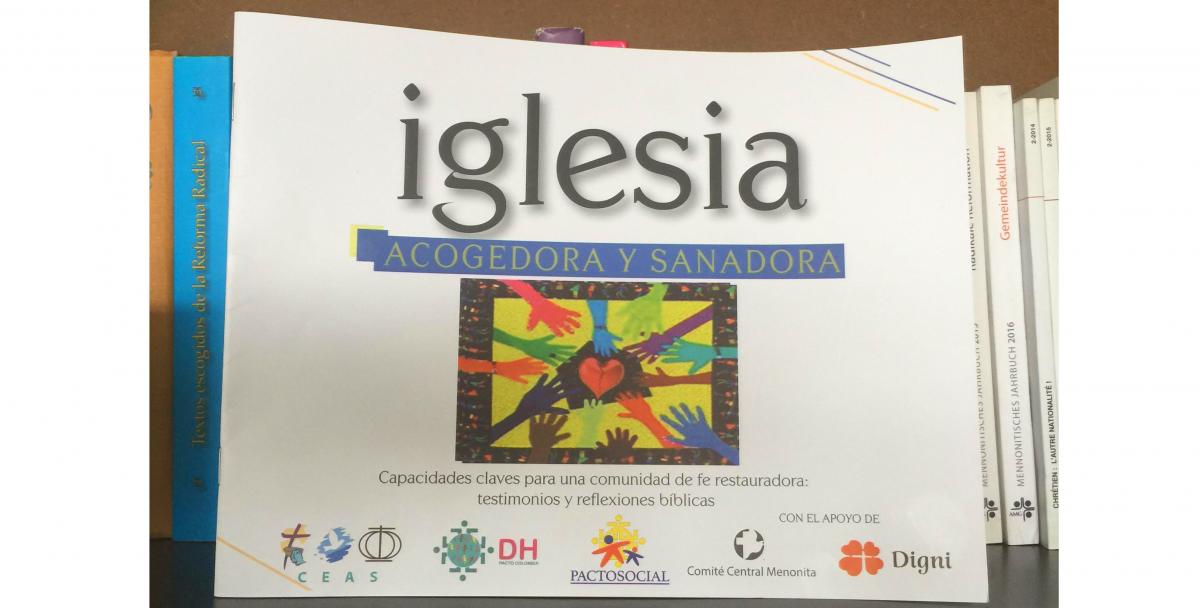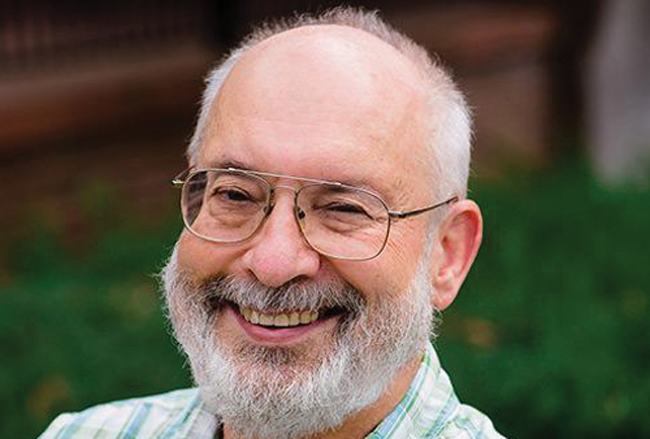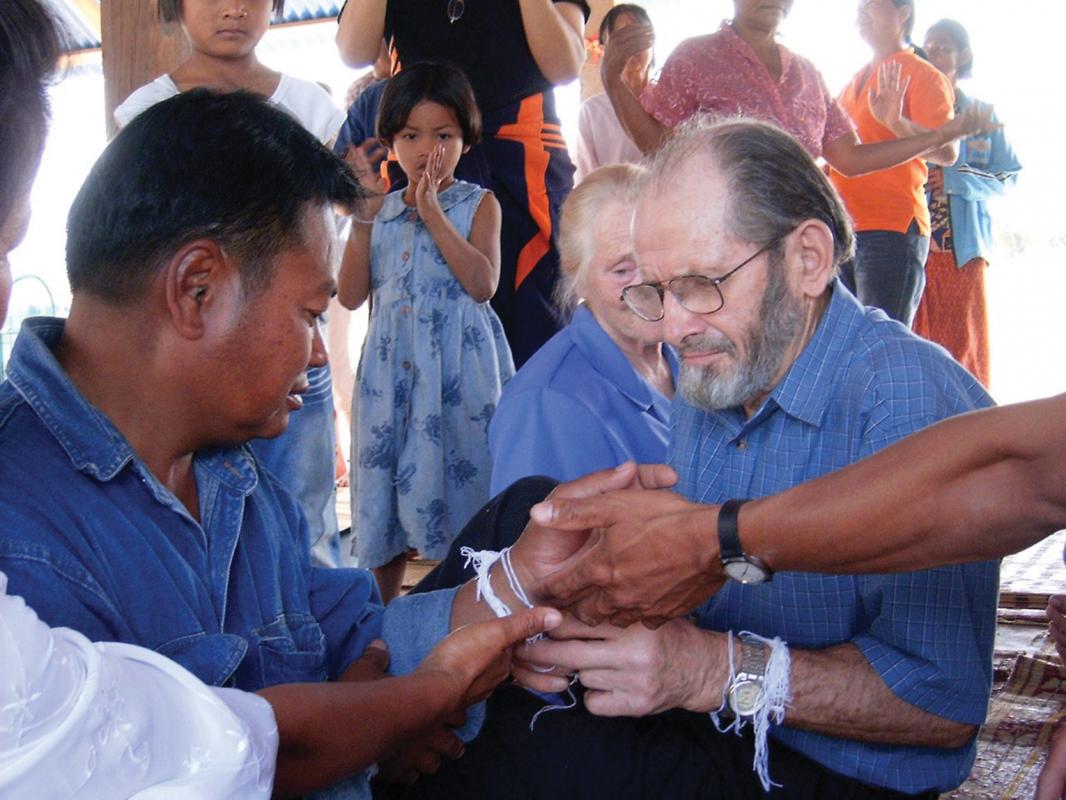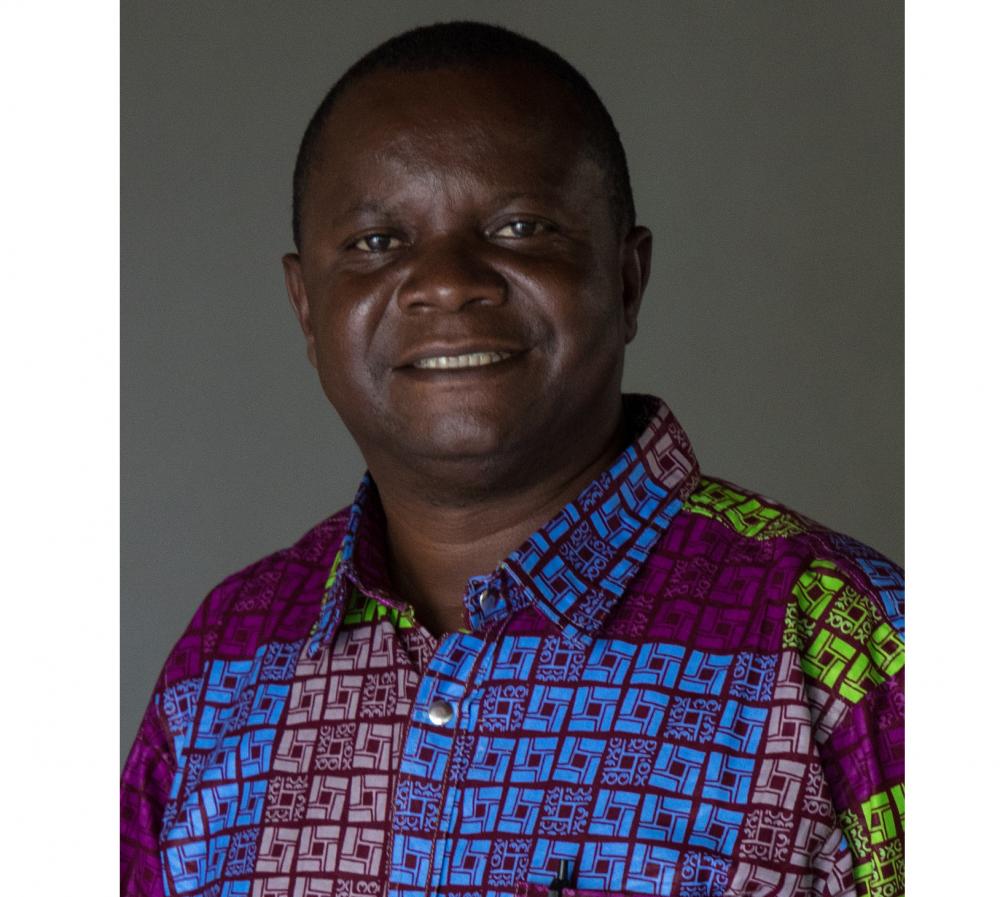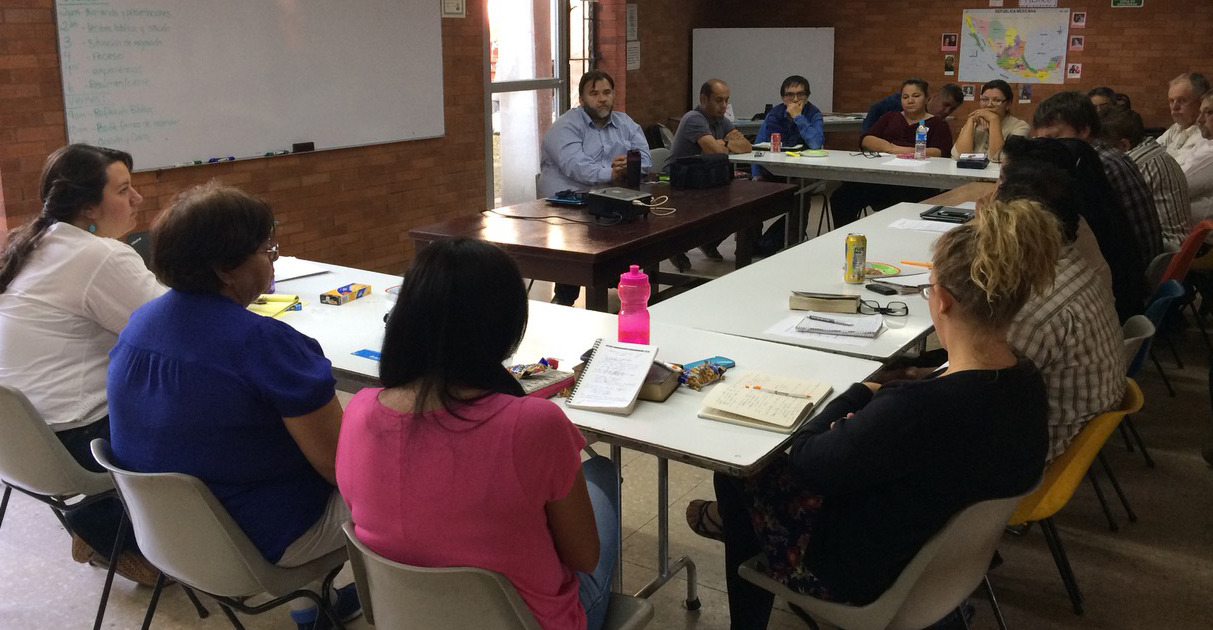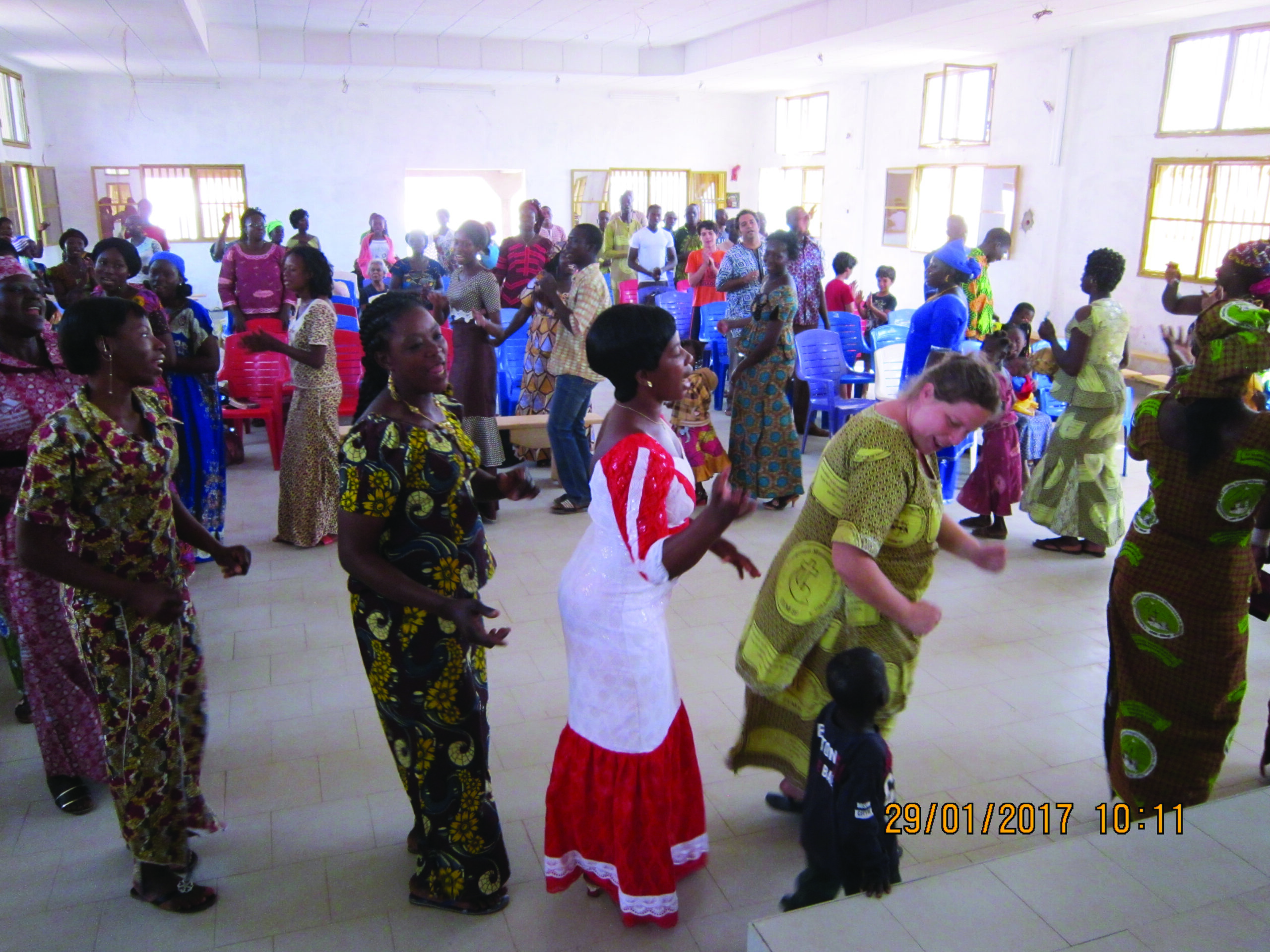-
Churches as healing communities
How should the church think about mental health? Our mental state is connected to body and spirit, and, like them, can be in a state of unhealthiness. In this perspectives section, leaders and health practitioners from Anabaptist-related congregations around the world address how their church has a role in caring for the mental health of…
-
Churches and psychiatry: “it’s complicated”
How should the church think about mental health ? Our mental state is connected to body and spirit, and, like them, can be in a state of unhealthiness. In this perspectives section, leaders and health practitioners from Anabaptist-related congregations around the world address how their church has a role in caring for the mental health…
-
Stress management for mental health
How should the church think about mental health? Our mental state is connected to body and spirit, and, like them, can be in a state of unhealthiness. In this perspectives section, leaders and health practitioners from Anabaptist-related congregations around the world address how their church has a role in caring for the mental health of…
-
Health of a whole person
How should the church think about mental health? Our mental state is connected to body and spirit, and, like them, can be in a state of unhealthiness. In this perspectives section, leaders and health practitioners from Anabaptist-related congregations around the world address how their church has a role in caring for the mental health of…
-
Life from a graveyard
“Thailand: The graveyard of mission.” This descriptor has echoed in the ears of Thailand-bound missionaries for decades; thankfully, God has a different story. That different story is finally emerging – and Anabaptists have a place in it!
-
Ministry partner update: ICOMB – July 2017
The International Community of Mennonite Brethren (ICOMB) is made up of 21 national churches in 19 countries with approximately 450,000 members. ICOMB exists to facilitate relationships and ministries to enhance the witness and discipleship of its member national churches – connecting, strengthening and expanding. Igreja Evangélica Anabaptista em Angola (IEIMA) general assembly José Arrais (Portugal…
-
“God is with us”: Peruvian MBs help neighbours amid loss
Bogotá, Colombia – It seems a providential convergence that Mennonite World Conference’s Andean regional representative Pablo Stucky had planned to visit Peru in early April. His previously scheduled meetings with church leaders came shortly after rains inundated the desert region occupied by the MB churches, killing some 100 people and leaving at least 100,000 homes…
-
A miracle in Haiti
As Hurricane Matthew bore down on Haiti in October 2016, labour pains were bearing down on Seurette, wife of pastor Jean Mario Marelin. Without the assistance of a midwife, she safely delivered her baby despite the damage the house was taking on during the birth. Pastor Bertrand, bishop of Assemblée de la Grâce a partner…
-
Called to justice: Mennonite churches respond to migration crisis in Mexico
Bogota, Colombia – “The Bible invites us to remember that the people of Israel were also strangers; they were captives and were deported,” says Carlos Martínez, Conferencia de Iglesias Evangélicas Anabautistas Menonitas de México. “The [early] Anabaptists were also discriminated against. And we have part of this living story among with our sisters and brothers…
-
MWC provides care after the storm
Bogotá, Colombia – A 15th birthday celebration at their church, Casa de Oración, drew Ignacio and Liliana’s family out of their house in Manta, Ecuador, earlier than usual on 16 April, 2016, just before an earthquake struck. The 7.8 Richter scale tremor killed some 700 people and left more than 6,500 families homeless, including Ignacio…
-
New name? MWC considers identity and brand
Bogota, Colombia – When someone mispronounces or misspells your name, does it seem as though they aren’t quite addressing you? We choose names carefully – perhaps to honour someone or express a hoped-for characteristic; they form part of our sense of identity. Changing a name is not a process entered into lightly: there are legal…
-
Feed family ties with songs, food and service
7 ways to support MWC in your congregation It is a blessing that the global media allows us to learn news from all over the world. But it can be discouraging to hear so many sad stories and feel helpless to do anything about it. By supporting Mennonite World Conference (MWC), you can make a…
